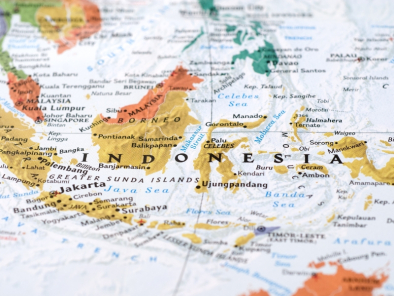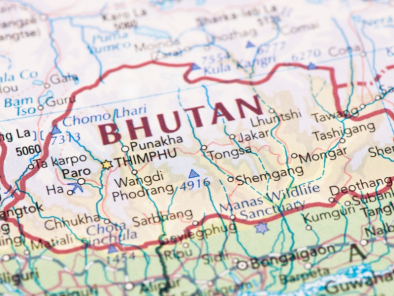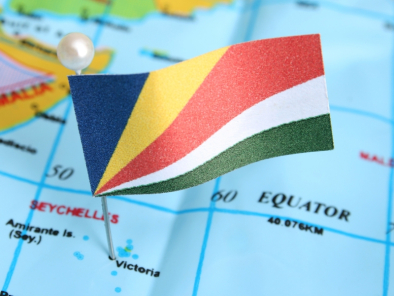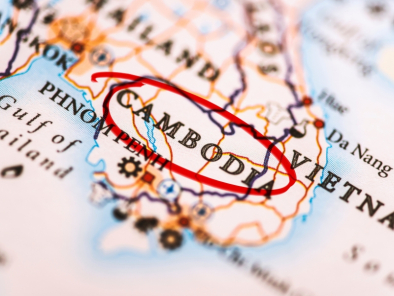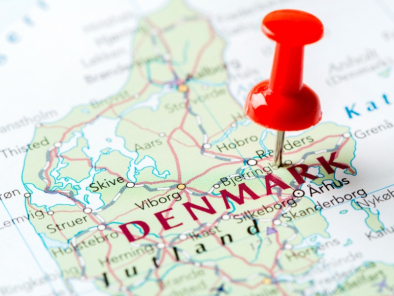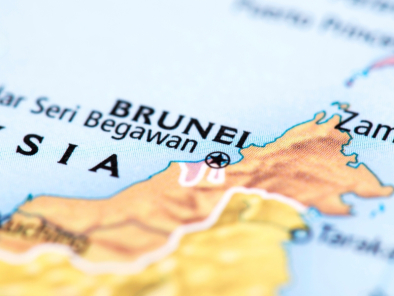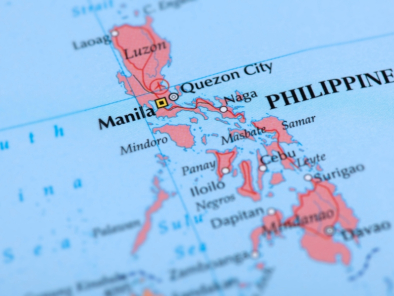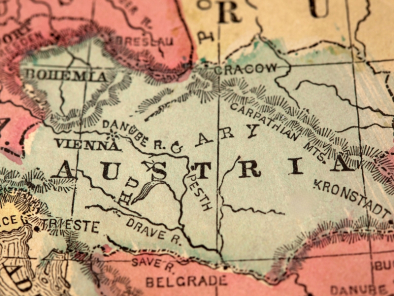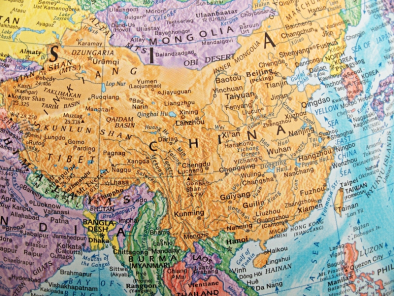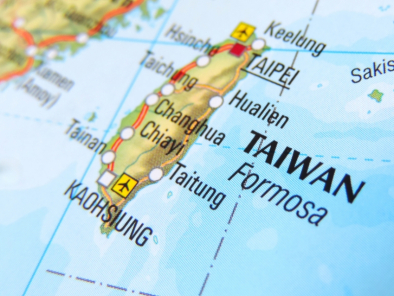
Posted by: Leo Travel Hub
LOCATION :
Taiwanese territory also incorporates many small offshore island chains.
VISA The visa is to be obtained prior to arrival in the country
HOW TO GET
THERE :
GETTING AROUND
:
Air :
Chiang
Kai-Shek Taipei is
40km (25miles) south of the capital - the journey into the city takes up to an
hour by taxi or bus. There are also regular buses to the main railway station.
Kaohsiung
International Airport
is 9km (6miles) from
Train :
Rail
is one of the most convenient ways to explore
There are four classes of travel, ranging from the expensive but fast top
category to the slow bottom class, which is cheaper than the bus but only
recommended if you have plenty of time on your hands. Contact the Taiwan
Railway Administration for schedules. Tickets are available at stations
and most major
Bus
:
Taiwan
There are numerous private bus and coach services with a wide range of services
and comfort levels. Tickets can be booked in advance from travel agencies.
CURRENCY :
BUISNESS :
Banks:
Monday - Friday 0900 to 1530
Shops
in
CLIMATE :
The best time to visit is October/November, when the temperature is warm, but not boiling, and the typhoon season is usually over.
TIME :
ELECTRICITY :
Electricity is 110 Volts, 60 cycles AC. Visitors should carry a multi-plug adaptor for local sockets
DIALLING CODE
:
|
International dialling code: |
886 |
|
Area codes: |
Taipei, Keelung: 2, Kaohsiung: 7,
Taichung: 4, Tainan: 6 |
LANGUAGE :
INFORMATIVE
WEBSITE :
CITIES :
It's
home to nearly three million, it's the seat of the national government, it's
one of the island's main transport hubs, and it's the northern terminus of the
Taiwan High Speed Railway (THSR).
Accomodation
Options in
Hotels
are spread throughout the city,
with a concentration around the main train station. Don't take a room of any
type without air-conditioning in
the summer; it just isn't worth it.
The
entire length of
Clusters of hotels are also found to the east of the city towards the domestic
airport and around the convention centre and the Sun Yat-Sen Memorial Hall. The
KDM makes a great base if you want a good value hotel right in the heart
of the city, with comfortable accommodation and easy access to the main sights
and entertainment in the city.
MUST – SEES :
The
The
displays are changed every few months to show all of the collection, but even
so it takes 12 years for artefacts to cycle through. As well as the permanent
displays there is a constant programme of special exhibitions and events that showcase various parts of the
collection, or visiting exhibitions from other international institutions.
More
than 250 years old and one of Taiwan's most famous places of worship, this
picturesque and perpetually bustling
temple - situated in the historic Wanhua neighbourhood - draws thousands of
Buddhists and Taoists each day.
Ahead
of exams students flock here to petition the gods for good luck. As with all
Taiwanese shrines, admission is free, but be sure to respect the worshippers
here - this is not merely for the benefit of tourists but a shrine in every day
use.
Chiang Kai
Shek Memorial :
The
Chiang Kai-Shek Memorial is dedicated to the Nationalist leader, who died in
1975. The hall itself is an imposing white-and-blue edifice while the
surrounding gardens feature reflexology
paths and ponds filled with carp.
One
of
The
latest holder of the world's tallest building title, the recently-opened
Taipei 101 Tower's spire soars up to a dizzying 508 metres, eclipsing the
former record-holders, the
A lot of the fun is actually getting to the observatory: visitors are swept up
to the indoor viewing platform on the 89th floor in the world's fastest
elevator - a swift 39-second ride at a speed of 1,010 metres a minute, or just
over 60km an hour. From there they can climb a further two floors to the
outdoor viewing platform which offers unparalleled vistas over the city and its
surroundings (though it has to be said pollution often clouds the views
somewhat). The tower is full of superlatives: at the top, you can also see the
enormous steel tuned mass wind damper, installed to stabilise the building in
strong winds or earthquakes, which is, naturally, the largest of its kind in
the world.
EXCURSIONS :
One
of the most interesting excursions from
In fact the village itself isn't wholly authentic - you can see the trappings of the 20th century, and it is always packed with tourists - but the people who inhabit it have stayed true to their cultural heritage. The fantastic waterfalls for which the town is famed are worth seeing, and you can catch traditional performances of dance and music that tell the story of the tribe's history and beliefs.
Taroko Gorge :
On
the east coast of
At over 19km in length it is a spectacular accident of geography. The walls of the steep sided gorge contain quantities of marble, which reflects the white water that constantly forces its way through the narrow defile in a spectacular torrent. At the head of the gorge is the Eternal Spring Shrine, a memorial to the workers who died building the Taroko Gorge highway in 1960.
Considered
one of
What really makes Sun Moon a place of beauty, though, is the surrounding region. Steep mountains rise up sharply from the water's edge encircling the lake. Verdant greenery extends down to the shore, and the scene is often compared with the rural images of Chinese scroll paintings, almost a fantasy of a natural idyll.
SHOPPING :
Shopping
in
The region's largest nightmarket is
Shihlin in
Good
buys throughout
Tea and incense are also excellent buys but the massive price
ranges may be confusing for a foreigner unfamiliar with the different
qualities. Incense, for example, can range in price between NTD50 to NTD6,000
per catty (a unit of weight dating back to colonial times equivalent to
around 600g). Tea is an obvious souvenir, and entire tea sets, though perhaps
not all that useful when you get back home, can make beautiful ornaments.

